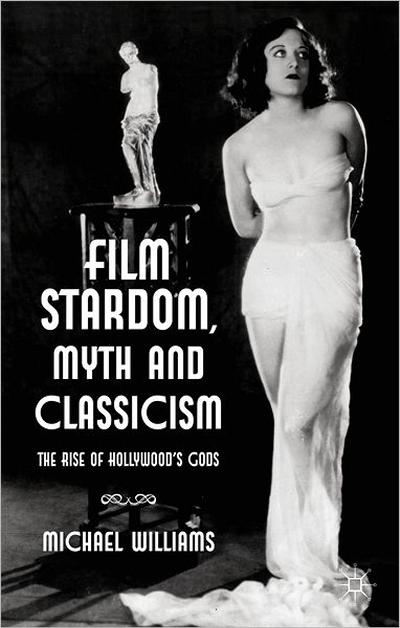A new book shines light on the ancient origins of film stardom

Since the golden era of silent movies stars have been promoted as screen gods, goddesses and idols. But why would cinema, the medium of modernity, have looked back to antiquity as it constructed its stars?
A new book by Southampton’s Dr Michael Williams examines the origins of screen stardom and explores how the myth and iconography of ancient Greece and Rome was deployed to create the modern Apollo and Venuses of the silent era. Drawing from research into studio production files, fan-magazines and the popular reception of stars in America in Britain, the book investigates how the sculptural gods of the past enabled the flickering shadows on the screen to seem more present and alive. Classicism, the book argues, helped raise the cultural prestige of cinema itself while connecting to a diverse international audience in sometimes subversive ways.
The book includes detailed discussion of leading stars such as Ramon Novarro, Greta Garbo and Rudolph Valentino and major films such as Ben-Hur: A Tale of the Christ (Fred Niblo, 1925) and Flesh and the Devil (Clarence Brown, 1926) to show how classicism enabled star discourse to transform actors into icons. It tells the story of how ‘Olympus moves to Hollywood’ -- as one article in Photoplay magazine put it -- to divinise stars as icons for a modern age, creating a model of stardom that is still with us today.
Film Stardom, Myth and Classicism: The Rise of Hollywood’s Gods is out now from Palgrave Macmillan in the UK, and is published in the USA later this month.

Related Staff Member
Links to external websites
The University cannot accept responsibility for external websites.
